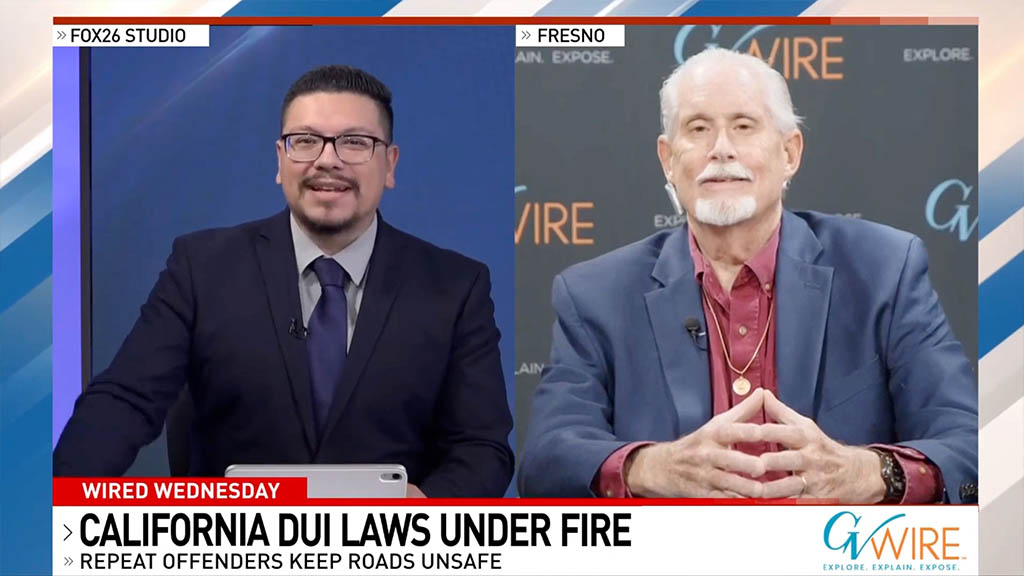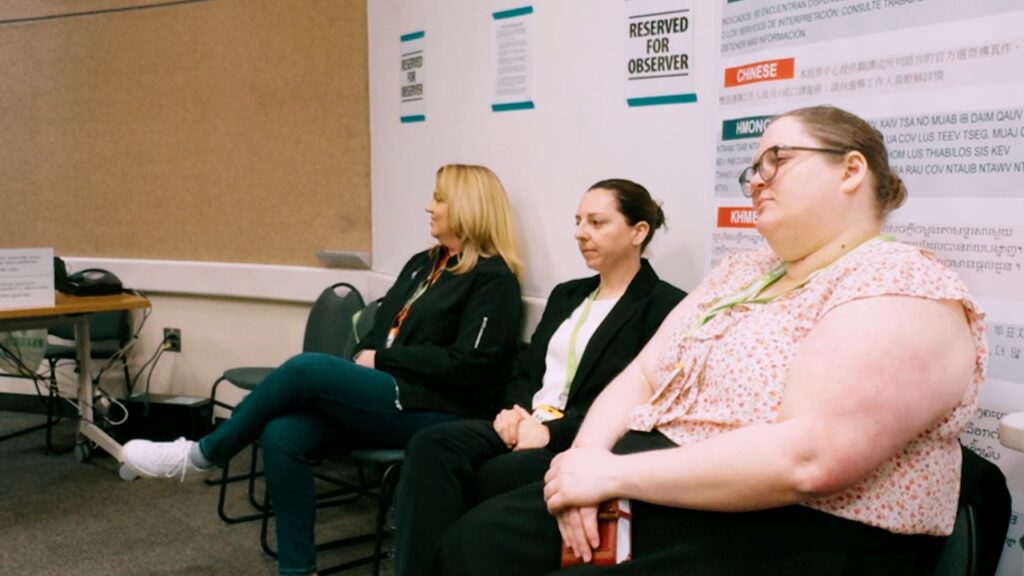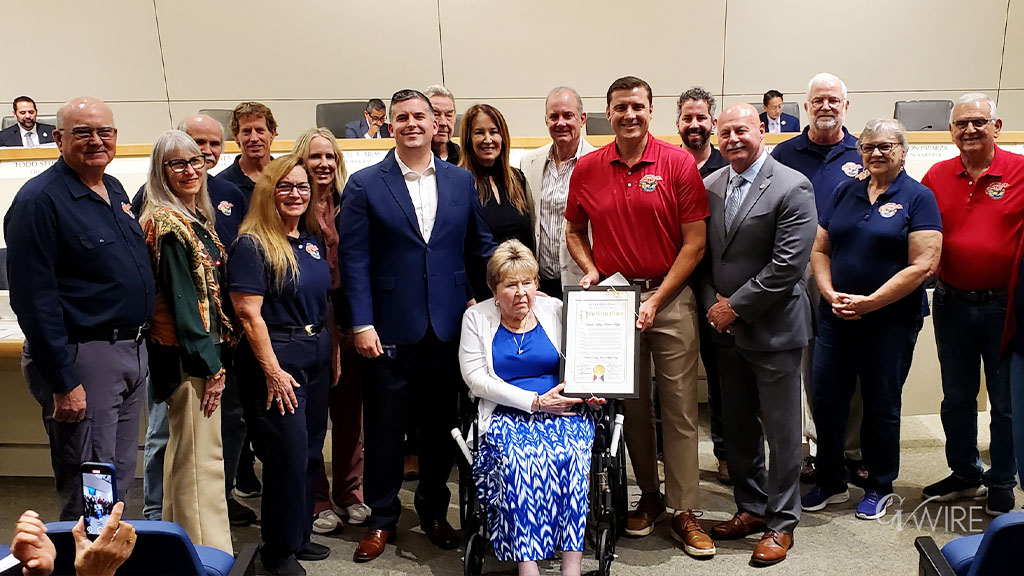Share
Freight vehicles are one of the largest sources of air pollution in the state, and the East Bay and Central Valley are among the biggest emitters. Thirty percent of the jobs in Alameda County alone are tied to industries that move goods in and out of the Port of Oakland and the Oakland airport.

Nick Chaset
Special to CalMatters
Opinion
Freight trucks are critical to our economy, they also threaten public health and the planet. Medium- and heavy-duty trucks make up just 7% of California vehicles, but are responsible for more than one-quarter of carbon emissions, more than 60% of smog-forming nitrogen oxides, and more than 55% of lung- and heart-harming fine particulate pollution from vehicles.
Semi-trucks are by far the biggest polluters. While they only account for 10% of trucks on the road, they are responsible for around half of all truck emissions.
Zero-Emission Trucks Are Life Savers
Communities adjacent to freight corridors are impacted most. A recent study by UC Irvine found that deployment of zero-emission trucks will deliver critical health benefits to low-income residents who live and work closer to ports, industrial facilities, and highways, and experience disproportionate exposure to pollution.
Power providers are doing everything they can to help ease the transition.
While electric passenger cars are becoming more common on California roads – rising to roughly 18% of all new car sales this year – medium- and heavy-duty battery electric trucks are just starting to emerge.
The California Air Resources Board has counted 155 different models of zero-emission vans, trucks, and other commercial vehicles on the market – or coming soon from major truck manufacturers. Tesla, for example, has been racing to develop an electric semi against Peterbilt, Freightliner, and others. Walmart, Amazon, and other fleet operators are placing big orders.

Big Incentives to Ease the Transition
The state is putting its muscle behind the switch. CARB is implementing clean truck regulations, which require 55% of commercial van and pickup truck sales, 75% of straight-truck sales, and 40% of semi-tractor sales to be zero emission by 2035.
Under an executive order from Gov. Gavin Newsom, CARB is now proposing clean fleet rules with the goal of achieving a zero-emission California truck and bus fleet by 2045. The target is 10 years earlier for certain market segments, such as last-mile delivery and drayage vehicles that serve ports and railyards. A final decision is expected in spring 2023.
To facilitate the conversion, several funding programs are available from state and federal agencies and local air districts. The state’s Hybrid and Zero-Emission Truck and Bus Voucher Incentive Project, for example, has given out $700 million in rebates for roughly 6,000 zero-emission trucks.
The new Inflation Reduction Act will create additional federal funding opportunities for trucks and charging stations, including a $40,000 tax credit for electric cargo trucks and a 30% credit for chargers, up to $100,000 per site. Research suggests that the landmark law could double or triple the market for battery-electric trucks to as high as 38% of the fleet by 2030. Another $7.5 billion for chargers was included in last year’s Infrastructure Investment and Jobs Act.
Organizations like East Bay Community Energy are also stepping up, offering technical assistance to fleets and loans of up to $3 million to support truck electrification, including both vehicles and charging stations. Our organization previously helped fund a program to expand EV charging in Alameda County with the state Energy Commission.
Switching to electric trucks doesn’t just move pollution from roads to power plants, either. By utilizing the all-renewable power market for charging, truck operators can generate maximum credits under California’s Low Carbon Fuel Standard and earn extra incentives to cut emissions.
The energy sector’s work to clean up the power supply is only part of the work needed to protect California public health and the climate. Now is the time to put that clean energy to work cleaning up the roads.
About the Author
Nick Chaset is CEO of East Bay Community Energy, a nonprofit public agency that operates a Community Choice Aggregation program, providing renewable power to Alameda County and 14 cities. He wrote this for CalMatters.
Make Your Voice Heard
GV Wire encourages vigorous debate from people and organizations on local, state, and national issues. Submit your op-ed to rreed@gvwire.com for consideration.
RELATED TOPICS:
Categories

Trump Is on the Ballot in 2026: Speaker Mike Johnson


















